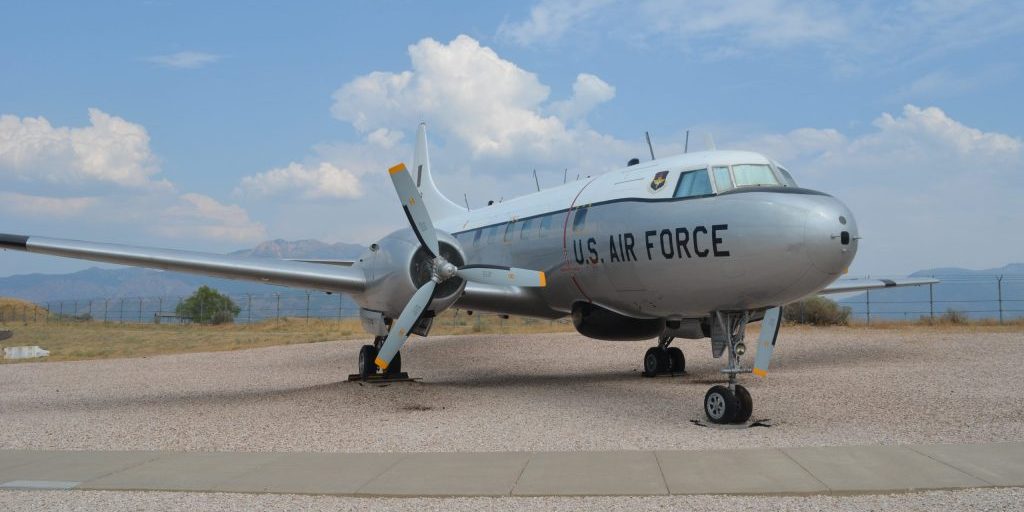Advancing the AFRL Wargaming Enterprise
Wargames follow a pattern that can be divided into three primary phases (i.e., design, execution, and reporting) all supplemented with relevant training (see Figure 1). The AFRL provides general wargaming training to its personnel on an ad hoc basis. As the Laboratory moves toward a planned wargaming battle rhythm, additional training will have to be tailored to the different participants in upcoming events (e.g., blue and red players, adjudicators, analysts, concept developers).

Figure 1. AFRL – Analytical Wargaming Framework
Game design is a critical factor of wargaming and it can be roughly distributed into two efforts heavily influenced by M&S, i.e., concept development and game planning. Concept development in AFRL is carried out by scientists and engineers familiar with advanced technologies of game-changing potential that could be operational by the game epoch. Concept development relies on accurate models from the physics and engineering technology levels through associated subsystem and system levels. These models are used to describe system performance through simulations at the engagement and mission levels. Furthermore, the results of mission level simulations along the kill-chain are essential to an analytical adjudication environment. These simulations rely on notional concepts of operations (CONOPS) that can be challenged and improved through wargaming.
When operating within the structure established by the Deputy Secretary of Defense in February 2015, most advanced technologies developed in AFRL should be explored in long-term wargames (i.e., beyond 15 years). Game planning should be carried out in close collaboration with stakeholders and independent of concept developers to avoid game plans that provide unfair advantages to blue technologies. Nonetheless, game planning efforts should consider available M&S capabilities and products. The scenario development effort should take into consideration the technologies that both blue and red forces will have available in the epoch of interest and examine support requirements as best they can. Models of existing technologies provide a baseline populating the scenario environment on both sides for game play. Adjudication planning must take into account available results from past engagement simulations and, time permitting, may require additional analyses to minimize subjective decisions during the wargame. Game support planning focuses on capabilities that will facilitate game execution and should consider the availability of mission and campaign simulations and the time it takes to produce results for analytical adjudication.
Game execution consists of two distinct efforts that can be significantly improved with M&S, i.e., game play and adjudication. During game play, players are usually pressed for time and can be overwhelmed with data on advanced technologies they may not be closely familiar with. In order to augment player cognitive abilities, decision-support systems and optimization tools can be further developed and integrated into the wargame. These tools can harvest M&S data and provide support to players with valuable information packaged for easy reference for their planned courses of action. Throughout adjudication, available mission and campaign simulation outputs should be used to minimize subjective judgements and to augment the capacity of adjudicators to assess game outcomes effectively and on schedule.


